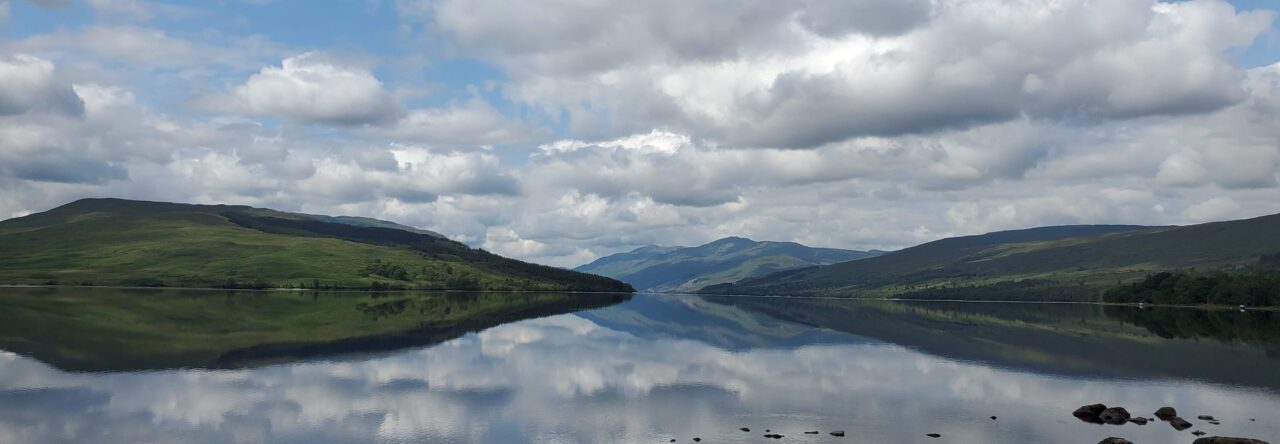Chad Oppenheim, a Miami-based architect spoke with me about sustainable architecture and some of his designs.
GM&I: How was green building hit during the recession?
Chad: “As oil prices dropped dramatically, there was less of an urgency. We were sheltered from the fall until July 2009 when certain projects stopped. But there is still the sentiment. I am working on a $30 million house in Los Angeles which the owner wants to do green; a hotel in China wants to go green.”
GM&I: What are prospects for green architecture going foward?
Chad: “The way we are going is not sustainable, there has to be a better way. The last 75-100 years have not been the best way to further develop this world. The Chinese are stepping up as leading manufacturers in solar, wind and that effort transcends through architecture; at the same time, they are still building dirty coal plants.
GM&I: What is the global standard for green architecture?
Chad: ” The US is the most organized. LEED is well executed and marketed. France has a similar stamp. Abu Dhabi is building one based on LEED. The Swiss don’t have a catchy marketing tool, they just build highly efficient buildings. Eventually there will be standard green building codes similar to what the ADA did with standardizing disability ramps, etc.”
GM&I: What are some of the best standards being put in place?
Chad: One of the many things that LEED discusses is the atmosphere of buildings for example no toxicity in paint. A lot of these things are coming in line because of health and safety issues, over time air quality can be hazardous to your health. In France there is even code around acoustics, acoustical pollution.
GM&I: What is the cost of going green?
Chad: You can be as green as a budget can allow. It is hard to quantify, on average it can add 5 to 10% to costs. But if there were enough tax credits, more would be done.
GM&I: Do you see a growing commitment despite the cost?
Chad: It is happening at an individual grass roots level. (Former) Mayor Manny Diaz in Miami, Mayor (Michael) Bloomberg in New York are supporters. In Chicago, they have green roofs on municipal buildings. There are specialists like William McDonough and his Cradle to Cradle book and mavericks like Michael Reynolds in New Mexico who has been building green for decades. (see his earthship website)
GM&I: Is there anyone who is best in class?
Chad: In Switzerland there is care and precision in buildings. They have very strict regulations, beyond LEED. It’s a small landlocked country with little room for growth. They have to be innovative. For example, they have been composting for years. Scandinavia, Germany, the UK – on average the typical building in Europe is as energy efficient as your best building in the U.S.
GM&I: What is so different there?
Chad: “Maybe it is the continuity of craftsmanship. Buildings last for centuries. We don’t have that. There is a sensibility of greater permanence. Developers here are looking for the ‘big kill’, that hit it out of the park home run whereas Europeans are hitting singles. The return on investment that developers look for is different.”
GM&I: Let’s talk about some of your green projects.
Chad: COR is a poster child of the green effort. It has visual power and a compelling story, but it is not yet done. DC “1” hotel in Washington DC is not done either. To get everything built is a miracle of synergistic forces – building officials, financing.
GM&I: What comes next?
Chad: I think there will be a rethinking of how thins are made. For example when you are done with a car, all components will be reused, upcycled as opposed to recycled. It requires government incentives not penalties.


Leave a Reply